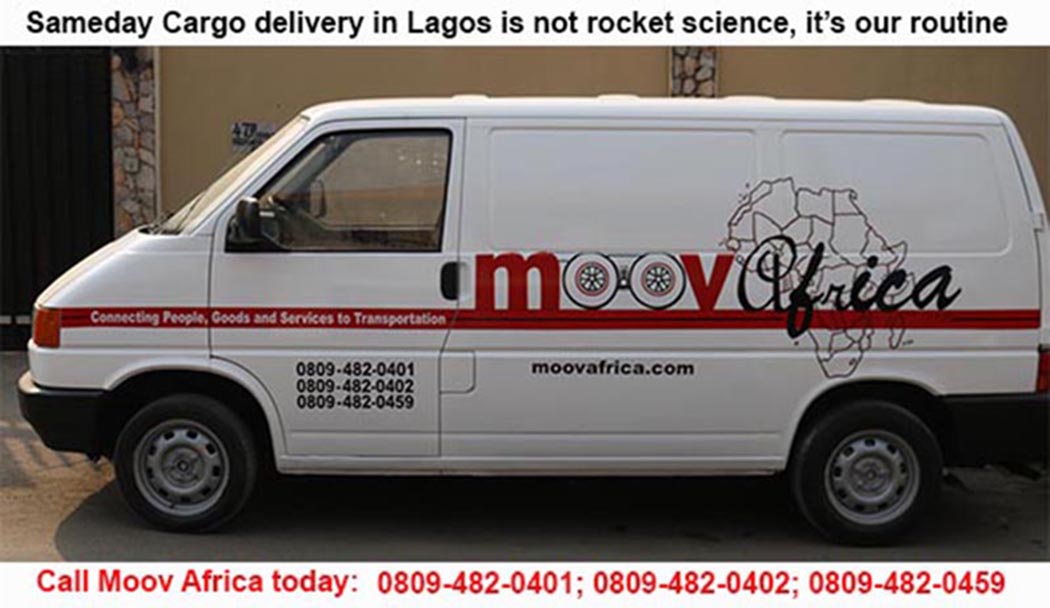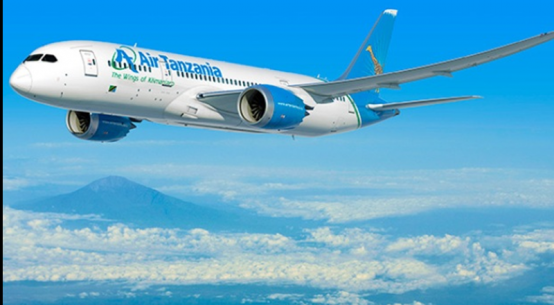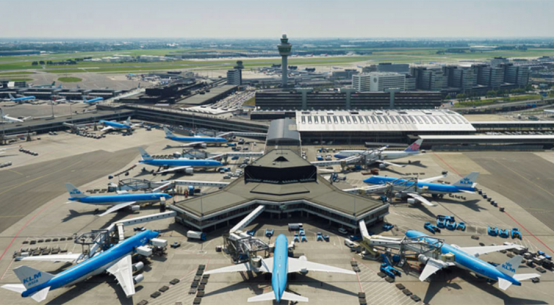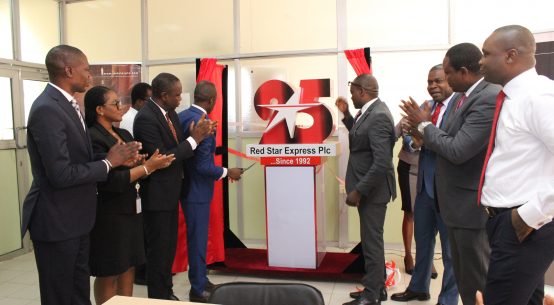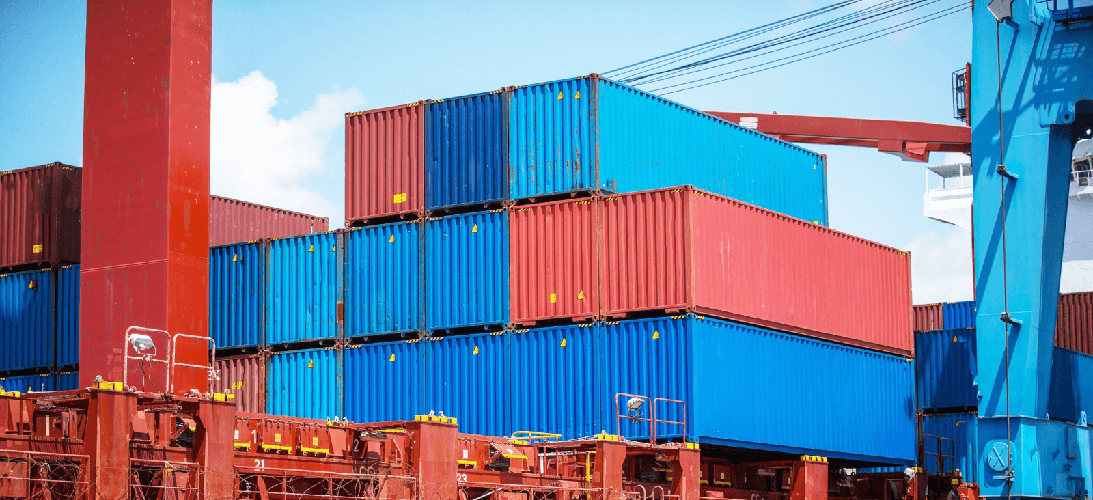
SeaIntel says if charter rates for feeders increase, the pricing spread between services calling direct port-port pairs and trans-shipment products could widen.
The container shipping industry faces an “impending shortage of feeder vessels,” says SeaIntel, a Copenhagen-based research firm.
“We found that the phase-in of the new large vessels in 2018-2020 is not matched by a commensurate injection of feeder tonnage,” it explained.
“Larger vessels tend to result in a reduction of service frequency in the major trades to balance supply and demand. This leads to a situation where the networks with lower service frequency will continue to depend on feedering services — potentially even an increased trans-shipment incidence owing to the lower service frequency.”
Based on the existing fleet and order book, SeaIntel says the ratio of feeder vessels to large vessels in excess of 11,000 TEUs could decline from nearly 8-to-1 to 6-to-1 by 2020, even lower if feeder ships in excess of 25 years of age are scrapped.
“It appears that whereas the market over time will indeed be able to absorb the new generation of large tonnage, the current order book appears far too small as it pertains to feeder tonnage. At the outer extremes of the estimates, the global fleet will see a shortage of 400-1,200 feeder vessels by the end of 2020,” said SeaIntel.
But it added, “Realistically, a ‘shortage’ of 1,200 vessels is not likely” because such a massive shortage will increase time charter rates to such elevated levels that scrapping will cease and cause the usage of vessels much too large for the job.
SeaIntel CEO Alan Murphy said, “It is clear that in the absence of any additional feeder vessel ordering, we will very likely see an increase in the premium for feeder tonnage — and this, in turn, will place further pressure on the pricing strategies for the carriers, where we will see the pricing spread between direct port-port pairs and transhipment products widen.”
.
